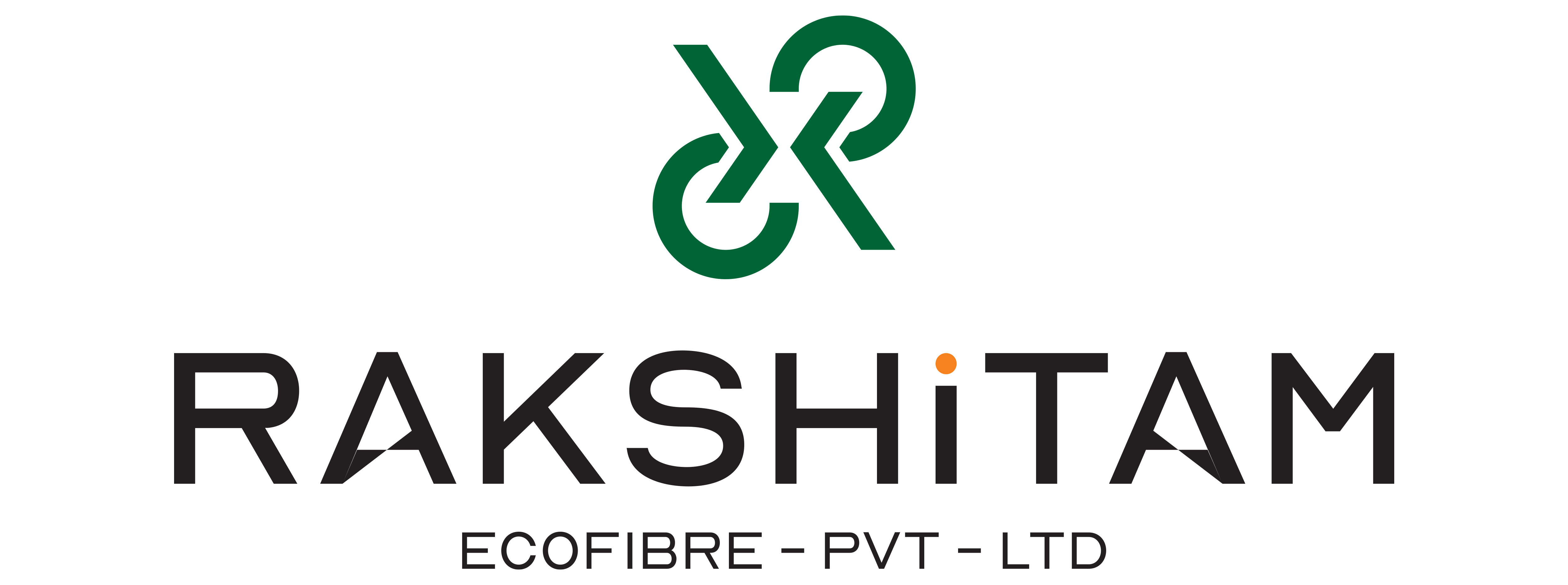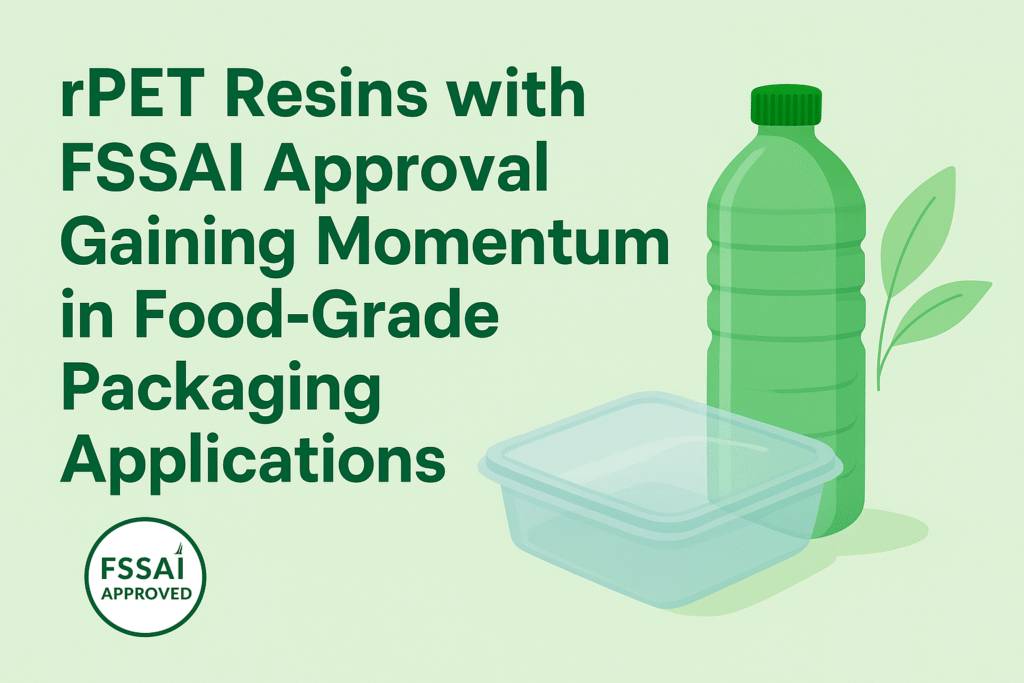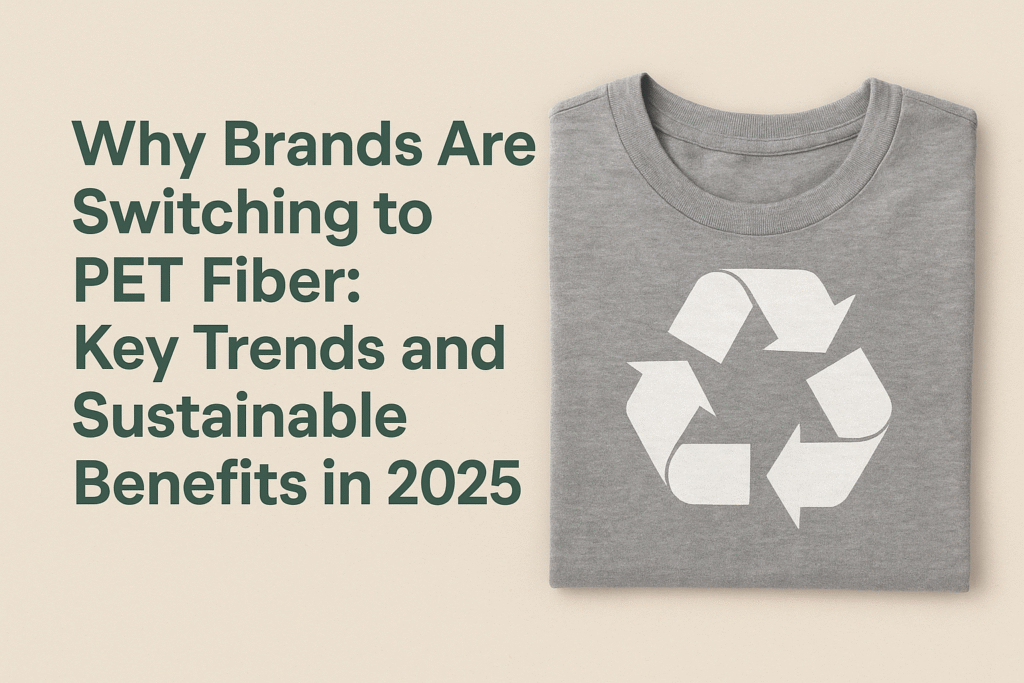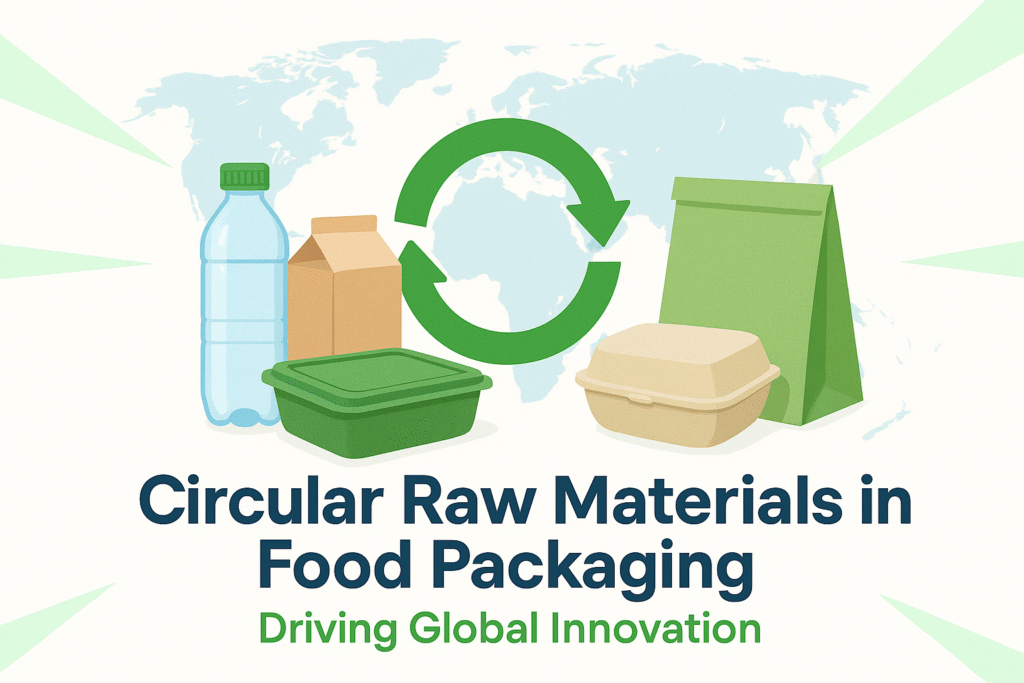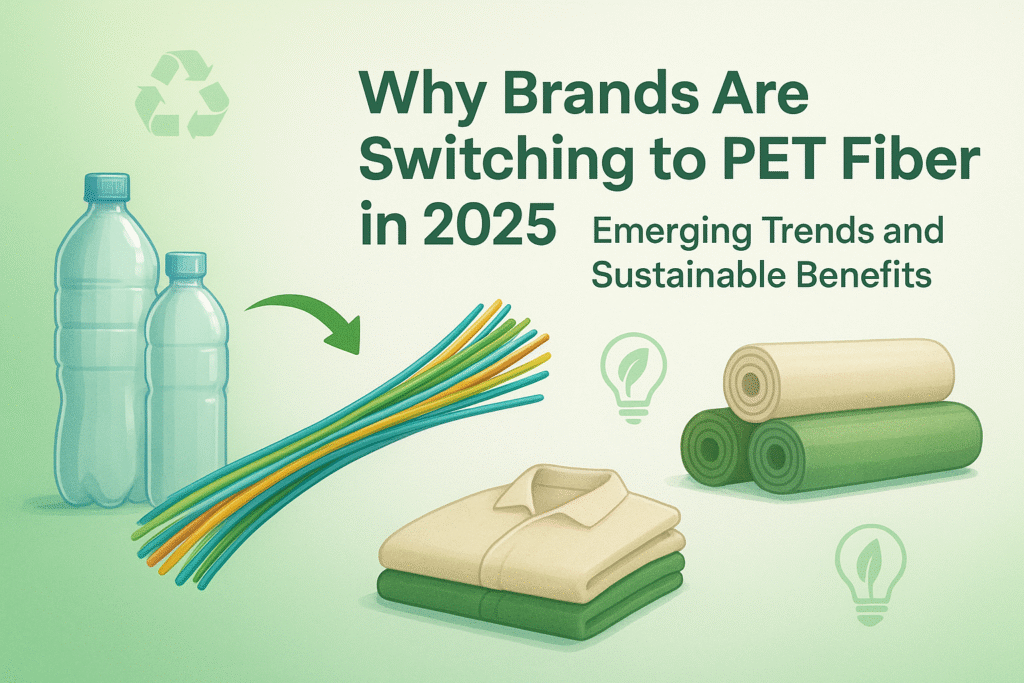The global food packaging industry is experiencing growth due to the adoption of circular raw materials. Companies and consumers are valuing sustainability in food packaging materials, which drives the need for functional and environmentally responsible packaging materials. Utilizing circular materials for food packaging optimizes sustainable development and encourages the creation of innovative strategies throughout the supply chain.
What Are Circular Raw Materials?
Circular raw materials encompass recyclable, reusable, and repurposable materials that reduce reliance on new resources. Unlike the older linear or “take-make-dispose” system of production, circular materials use the closed-loop system of production. As for food packaging, closed-loop systems use recycled plastics, recycled paper, and biodegradable composites in place of packaging that is wasteful. This system of production not only eliminates waste but also reduces the production-related carbon footprint.
The Importance of Circular Packaging Materials
Safe food packaging also ensures product quality, extends shelf life, and maintains safety during storage. More recently, environment-harming single-use plastic packaging has become prevalent. Circular packaging eliminates these issues by providing:
- Environmental Benefits: Downcycling and the use of renewable materials mitigate the recycling burden and close the consumption loop.
- Reduced Costs: The long-term use of circular materials decouples the consumption of virgin resources.
- Regulatory Compliance: Governments and agencies impose strict sustainable packaging initiatives. Firms that use circular materials stand to be better equipped to meet compliance requirements.
Innovations Shaping the Industry
Innovation is key to the use of circular raw materials for food packaging. Some developments are defining the future:
- Recycled Plastics (rPET and rPP): These types of plastics are widely incorporated in the production of new bottles, containers, and trays. Innovative recycling techniques transform software containers into quality packaging materials made from post-consumer waste.
- Bio-based Materials: Made from plant or food waste, these materials are completely biodegradable and can replace conventional plastics. Some examples are starch-based films and cellulose packaging.
- Multi-Use Packaging Designs: Businesses are designing packaging that can be reused several times before being recycled, lengthening the material’s lifecycle.
- Smart and Functional Packaging: These are the packaging with integrated sensors and added antimicrobial protection, as well as packaging made from circular materials, which poses no risk in terms of safety.
Global Adoption Trends
Internationally, food packaging is experiencing growing usage of circular materials. Europe paces the pack with tough recycling targets, and Asian and North American nations are quickly developing to satisfy customer needs. Large brands are also making commitments to a 2025 fully circular packaging deadline that uses 100% recyclable, reusable, or compostable content.
Challenges and Opportunities
Although circular raw materials contain huge promise, several challenges confront the industry, including:
- Scarce supply of good-quality recycled products.
- Increased initial investment in research and development.
- Required standardization of recycling and collection systems.
In spite of these challenges, the opportunities exceed the obstacles. Corporations investing in circular materials not only enhance sustainability but also increase their brand value and attractiveness to conscious consumers.
Also Read: Why Brands Are Switching to PET Fiber in 2025: Emerging Trends and Sustainable Benefits
Conclusion
The transition towards circular raw materials in the world food packaging industry is a major step forward in innovation and sustainability. Opting for recycled, renewable, and biodegradable materials offers companies the opportunity to operate within the scope of current regulations and respond to consumer expectations, while also reducing their environmental impact. The continual evolution of technology and consumer consciousness makes it certain that circular materials will further enhance the design, manufacture, and functionality of food packaging to meet the demands of the industry.
